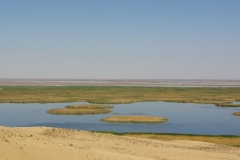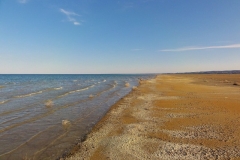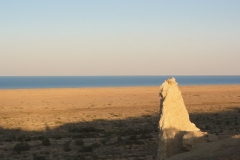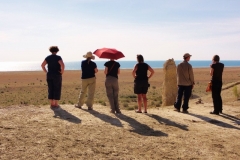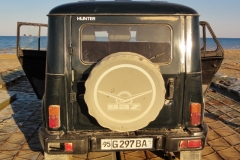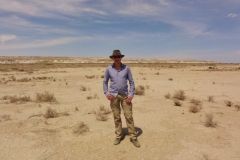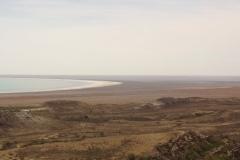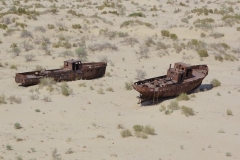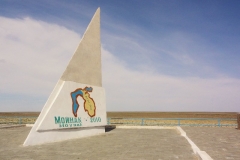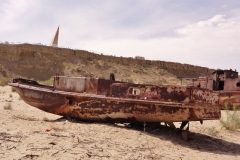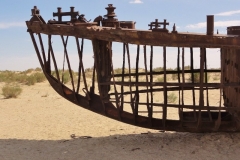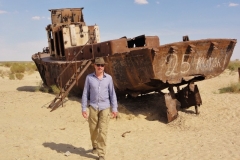The Aral Sea
The Strange Beauty of an Environmental Disaster
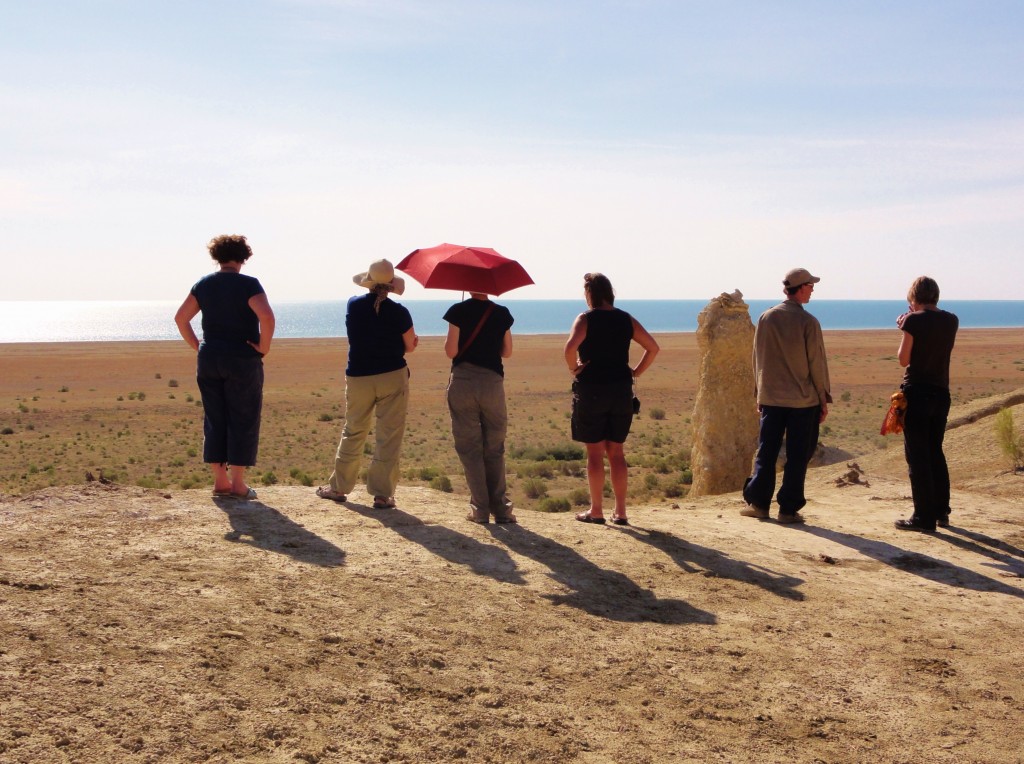
The Aral Sea has become synonymous with environmental disaster resulting from human activity. Once the world’s fourth largest lake, it used to stretch some 400km from north to south and 280km from east to west. Now, only a small part of it remains, the waters that fed it diverted for cotton production. I had the opportunity to visit the Aral Sea and the surrounding area as part of a trip to the Central Asian republic of Uzbekistan, which now shares the shrinking lake with its northern neighbour Kazakhstan.
Click on the pictures below to see the captions.
Starting our journey in Tashkent, the Uzbek capital, we flew across the Kyzylkum Desert to Nukus, the rather sleepy first city of the autonomous Karakalpakstan Republic. From here, we drove north, green fields gradually giving way to a parched landscape. We stopped in Moynak, the erstwhile fishing town that had once been on the shores of the Aral Sea, but which now stands on an escarpment 150km from the rapidly receding waters. Here, far below, rusting carcasses of boats lie on what was once the bottom of the sea and the view is no longer of sparkling blue waters, but of an arid dustbowl.
The sea that used to lap against the shore here was fed by two rivers, the Syr-Darya and the Amu-Darya. Each year, they poured some 20-60 billion cubic metres of water into the vast lake. In the 1960s – when Kazakhstan and Uzbekistan were still part of the USSR – Soviet central planners decided to use the water from the rivers to irrigate the arid lands around the Aral Sea. They wanted to expand production of rice, melons and cereals.
But the real priority was ‘white gold’ – cotton – and expanding the textile industry. As water was siphoned off from the Syr-Darya and the Amu-Darya, cotton production grew, but the water level in the sea sank. By the 1980s, flows into the Aral Sea were only 10% of what they had been thirty years earlier. The results were dramatic and catastrophic.
The water level began to drop, first by 20cm a year, then in the 1970s accelerating to 50-60cm annually. Between 1966 and 1993, the sea’s depth fell by 16m. It became not only shallower, but smaller too, shrinking to a fraction of its size. By 2007, only a tenth of it was left and it had split into four separate lakes. The biggest were the North Aral Sea and the South Aral Sea. One of the other lakes has since dried up.
The Aral Sea used to support a thriving fishing industry employing 40,000 people. It was based in Moynak in the south and Aralsk in the north. As the water level fell, the ports were left literally high and dry. Breeding and spawning grounds for the fish disappeared, the water became increasingly salty, and pesticides from the cotton fields were washed into the water. The last of the Aral Sea’s indigenous species died out in 1985.
We continued north from Moynak, the roads at first heading away from what had been the coast. Gradually, they were replaced by dirt tracks until even these faded into the dust with our jeeps bouncing over the rutted and cracked earth that extended as far as the eye could see in all directions. Eventually, we reached an escarpment and a view of marshes. It was a beautiful view, but one which ought to have been of a glistening lake.
The reduction in the Aral Sea’s size has also affected the local climate. Rainfall has dropped, seasonal temperatures have become more extreme, and salt-dust storms more common. Higher rates of respiratory illnesses, cancers and birth deformities are blamed on pesticide residues being blown about in toxic dust storms and on poor water quality. And, as habitats have disappeared, the number of animal and bird species has tumbled, with less than a quarter now left.
Restoring the sea would mean stopping or greatly reducing the amount of water taken for irrigation – an unlikely possibility. In 1994, Kazakhstan, Uzbekistan, Tajikistan, Kyrgyzstan and Turkmenistan adopted the Aral Sea Basin Programme to try to stabilise the situation and rehabilitate the surrounding area. Some progress has been made with the North Aral Sea, where a dam has resulted in rising water levels.
We drove on until we reached a track that led down to the shoreline, shallow waters lapping lazily on the dusty ground. It was a disturbing sensation looking out across a landscape, knowing that its dramatic beauty was the product of an environmental tragedy.
RETURN

